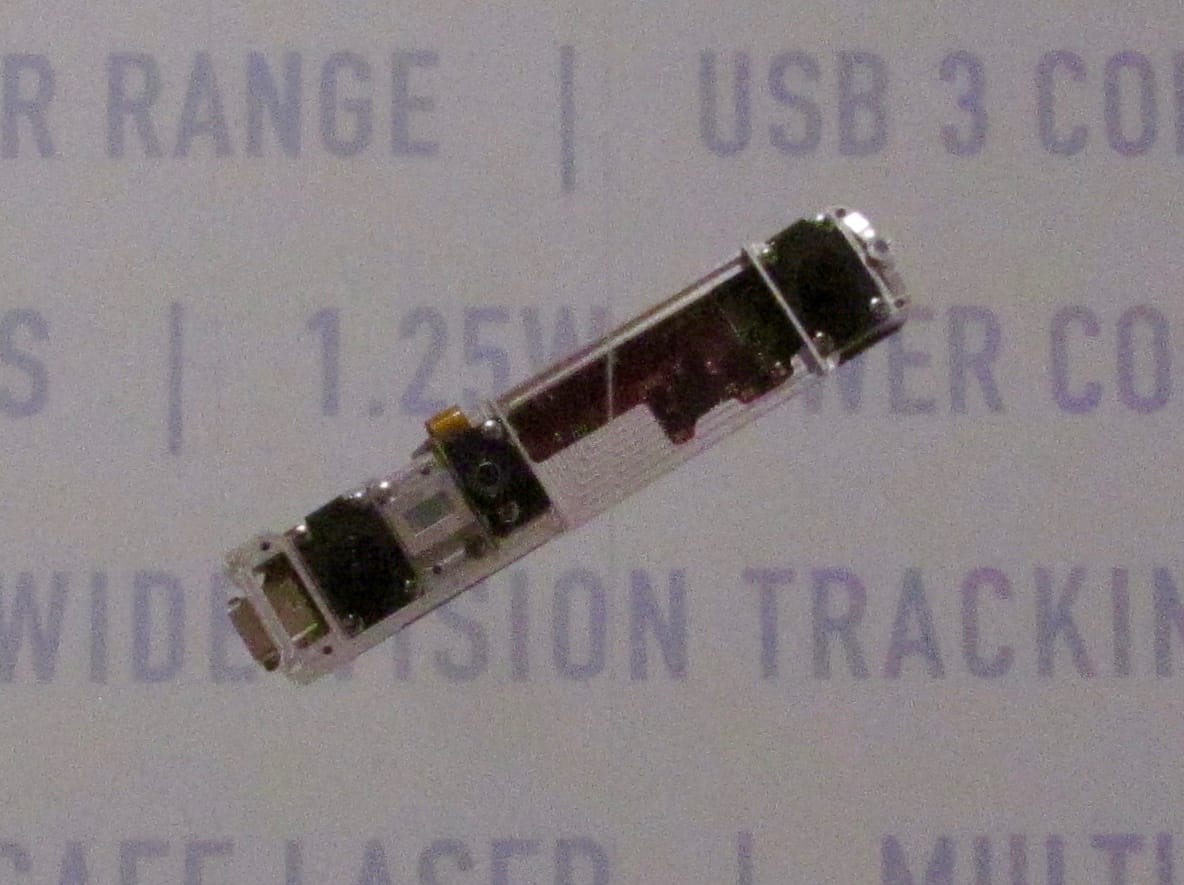
One of the ways to generate 3D models is through 3D scanning, which might become more available with Occipital’s 3D sensor.
Occipital calls itself, “The Spatial Computing Company”, and that makes sense given their products. They produce a number of products designed around the idea of 3D sensing. Some of these products have in the past been used to build effective – and inexpensive – 3D scanning equipment. And those 3D scans can eventually become 3D prints.
One of the products popular in the 3D space is their Structure Sensor, which is a strap-on device for mobile devices, such as an iPad. The sensor provides the raw data that can be used to develop a full 3D model of something presented to it.
Developers have created a number of 3D scan applications around the Structure Sensor. These applications could, for example, capture a 3D scan of a subject and prepare a 3D model suitable for printing. One of them is Occipital’s own Skanect system, but others are possible too.
The Occipital sensor is a component that could easily fit into or with mobile devices. Some specs:
- 0.3 to 5.0m range
- USB 3 connectivity
- Up to 60fps
- Only 1.25W power consumption
- 159 degree wide view
- Stereo Global shutter
I’m wondering how this sensor, and other competing sensors coming onto the 3D market, will affect the availability of high quality 3D scanners.
Up to now, precision 3D scanning gear was prohibitively expensive and would only be available to a few. If companies like Occipital and those using their equipment can produce low-cost 3D scanning options, then we may see many more people using the technology.
And more 3D models could mean more demand for 3D printing.
Via Occipital

